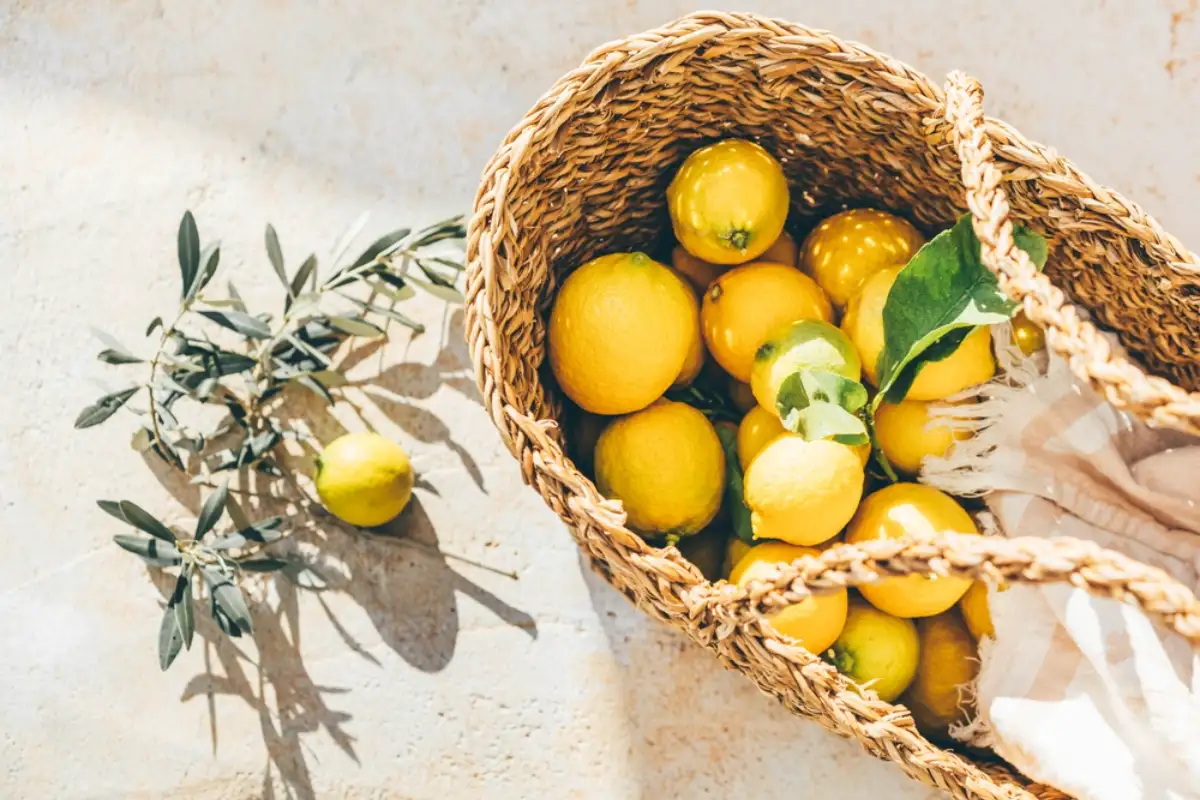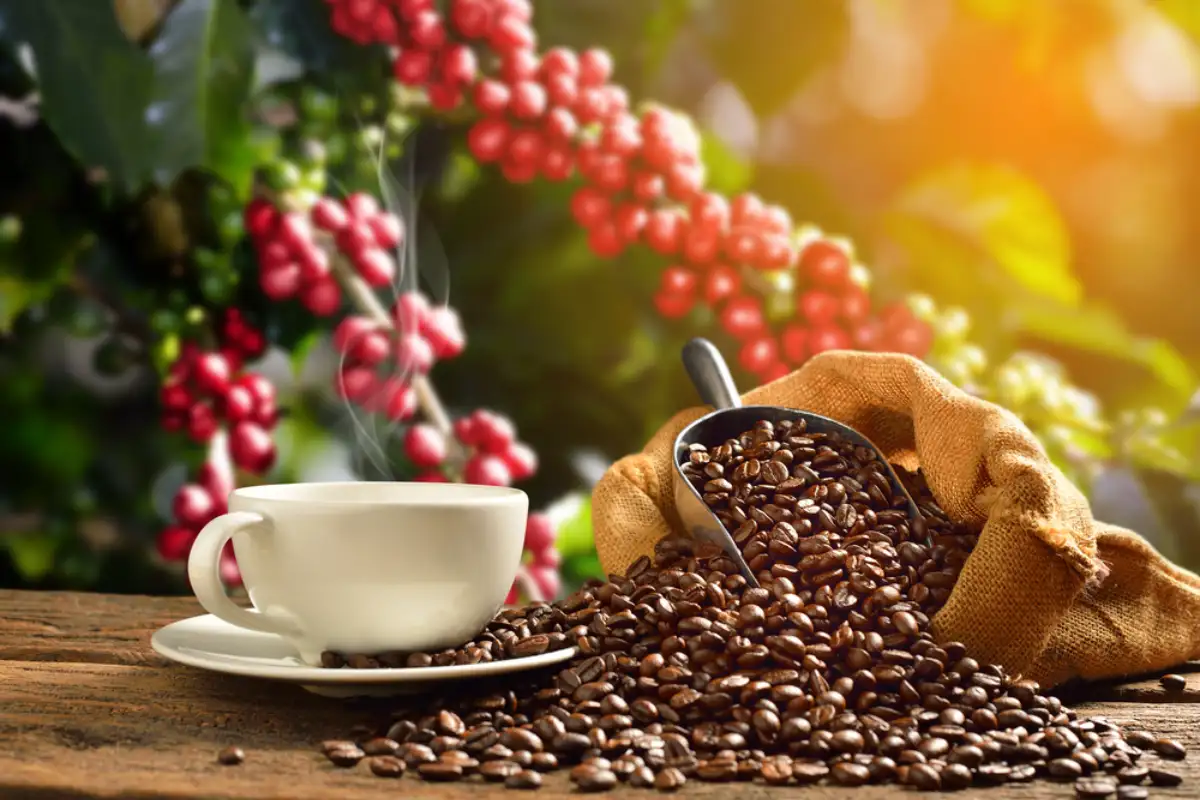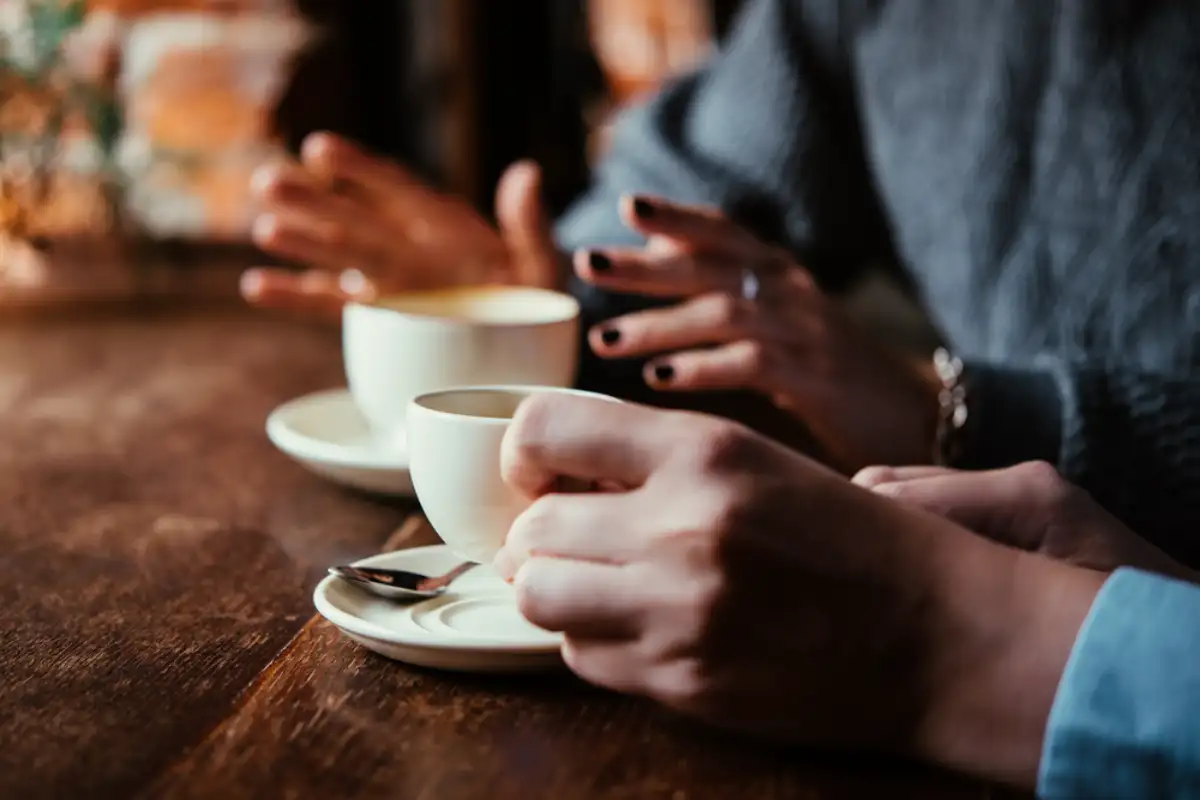Bongs, commonly used for smoking various substances, are known for their water filtration system. The water plays a crucial role in providing a smoother, cooler, and cleaner smoking experience. If you’re new to using a bong or want to enhance your current routine, you may be wondering how much water is the right amount to put in a bong.
Determining the optimal water level for your bong not only affects its functionality but also impacts the quality of your smoking session. It’s important to strike a balance between having too much or too little water. Let’s delve into the factors that affect this decision-making process.
The Physics Behind Water Filtration
To understand why water is essential in a bong, it’s worth exploring the science behind it. When smoke passes through water during inhalation, it undergoes filtration and cooling. Essentially, the hot smoke is diffused by passing through the liquid medium (water), filtering out impurities and heat.
The ideal level of water in your bong ensures maximum percolation while helping to remove toxins from the smoke before inhalation. These toxins can include ash particles and harmful tars that can irritate your throat and lungs. Additionally, properly filtered smoke enhances flavor notes without compromising its potency.
Finding Your Bong’s Fill Line
While there isn’t an exact universal rule for filling all types of bongs correctly, common sense coupled with personal preference will guide you in determining the ideal fill line for yours.
As a general guideline, start by filling your bong with enough water so that the downstem is submerged about an inch or two beneath the surface. This allows optimum relative submersion necessary for filtration but prevents any possibility of taking large amounts of water while taking a hit.
Different types of bongs may require slightly varying fill levels. For a beaker bong, which typically has a wider base, the ideal water level is a bit higher due to its larger chamber. Conversely, a straight tube bong with a narrower base may require less water.
When Less is More
Although it’s important to have enough water in your bong for proper filtration, overfilling can lead to several undesirable effects during your smoking experience. Excessive water can create an unpleasant bubbling sound that disrupts the smoothness of your draw and even results in inhaling small amounts of unwanted liquid into your mouth.
Overfilling also increases the probability of accidental spillages when handling or removing parts of the bong during use or cleaning. This not only risks damaging your equipment but also poses potential safety hazards.
Moreover, when the water level is excessively high, it restricts airflow throughout the chamber. This diminished airflow leads to poor smoke diffusion, which diminishes flavor profiles and reduces the overall effectiveness of the bong.
Why Too Little Water Isn’t Ideal Either
On the opposite end of the spectrum, insufficient water can also affect your smoking experience negatively. Inadequate submersion leaves little surface area for smoke to interact with water, resulting in decreased filtration and cooling properties.
When insufficiently filtered smoke reaches your lungs directly without enough contact with water, it may feel harsher on your throat and potentially cause discomfort. It’s important to avoid this issue by adding enough water without diluting flavor notes or reducing potency significantly.
Conclusion:
In conclusion, finding the optimal amount of water for your bong will enhance both functionality and enjoyment during every use. While general guidelines come in handy for guidance initially, personal experimentation and preference play key roles in determining what works best for you.
Remember to maintain proper cleaning regimens, as unclean or stagnant water affects both performance and taste negatively. By striking an ideal balance between filtration and cooling, you’re sure to maximize your enjoyment while preserving the longevity of your bong.
So, next time you prepare your bong for a smoking session, consider the water level as an essential factor that can make or break your experience.




